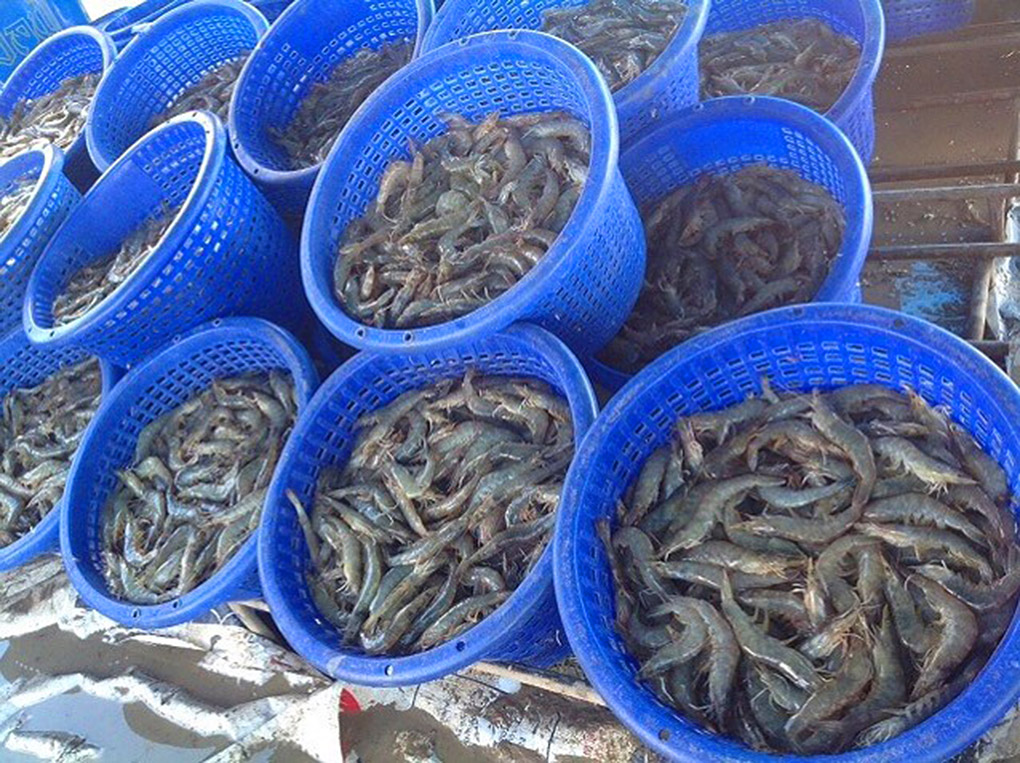Aquaculture
Aquaculture refers to farming specific kinds of fish in contained areas. As a result of the high level of concentration, stringent ecological management is required. Feeding excessively to speed up production usually ends up creating too much waste, which turns into sludge and diminishes water quality. In order to prevent the fish from becoming sick from the polluted water, antibiotics and other medicines are often put into the water. This affects the surrounding environment, compromises fish communities and habitat, and endangers food safety.
Merits of using EM products in aquaculture
EM has been used to break the vicious cycle created by current fish farming practices. The technology has proven effective in crab farming operations in China, as well as shrimp cultivation in Thailand, Vietnam and Ecuador. Use of EM can help activate beneficial microorganisms in water, thereby diversifying the ecosystem and enhancing its self-cleansing ability. Thus, it prevents biofouling. As the water quality improves, farm ponds can support more kinds of plankton (improving biodiversity), which can keep the environment healthier for fish.

Benefits of using EM products in aquaculture:
Improvement of Water Quality in Farm Ponds and Prevention of Accumulation of Sludge
The use of EM products can accelerate fermentation of fodder wastes, thereby preventing accumulation of sludge. Also, EM and the metabolites produced by EM can activate microorganisms in water, reviving aquatic ecosystems and enhancing their self-cleansing ability. As a result, water quality in farm ponds improves and sludge does not build up in the environment.
Sickness Prevention (EMS, White Spot Syndrome Virus), Reducing Reliance on Medicine such as Antibiotics and Anti-bacterial Agente
When an ecosystem diversifies and enhances its self-cleansing ability because of EM products, the reproduction of certain viruses can be prevented and thus the dosage of antibiotics and antibacterials can be reduced. There are successful cases in which EMS(Early Mortality Syndrome) and White spot diseases have been eliminated by the use of EM in shrimp farming.
Concurrent use of EM products and added organic matter speeds up decomposition. It improves both the physical and chemical properties of soil, while sharpening its buffering capacity. These measures guard against salt damage in maritime environments.
Reducing Stress in Fish and Shellfish
Stress levels in fish and shellfish depend significantly on water quality. EM products helps to maintain water quality and, therefore, stress levels can be reduced. As a result, fish can be kept healthy and free from sickness.
Enhancing Feed Conversion Rate (FCR) and Reducing Mortality
Supplementing feed with EM Bokashi can help fish digest their food better and grow faster, which increases FCR. Likewise, resistance to diseases can be improved in EM-embedded water environments, lowering the mortality rate.
Quality Enhancement
In farming operations in which water quality has been improved by EM, product quality also improves. For example, odors given off are lessened and the taste becomes milder. It is also possible to reduce the amount of residual antibiotics and bacteria in the end product. This enhances food safety, benefitting manufacturers and consumers alike.
Additional benefits
Solutions for Sewage: Waste Water from Farm Ponds Won’t Damage the Environment
When using EM products, waste water quality can be improved so discharge won’t negatively affect the surrounding environment. Also, it is possible to minimize the use of antibiotics and anti-bacterial agents, thereby helping to reduce the environmental burden. (In the case of Chinese Shanghai Crab Farming, water quality at deeper depths can be stabilized.)
In conclusion, EM is compatible with various methods of farming, regardless their scale. It is effective because it diversifies the population of beneficial microorganisms in water.
Case Studies
Click HERE to see the case studies in Aquaculture.